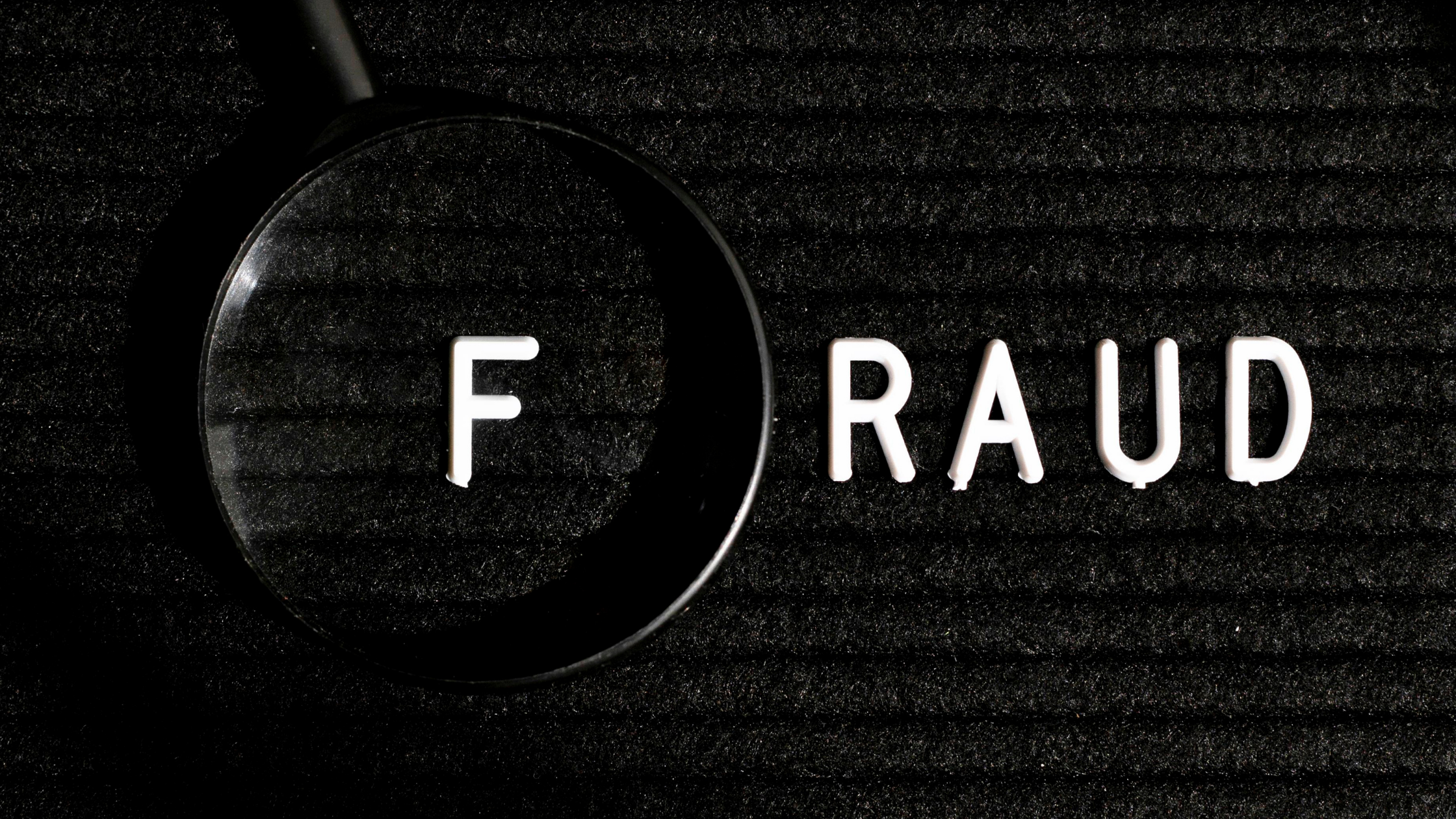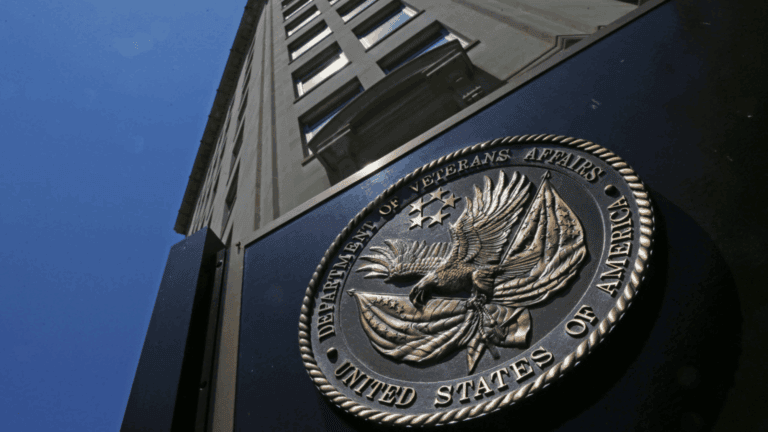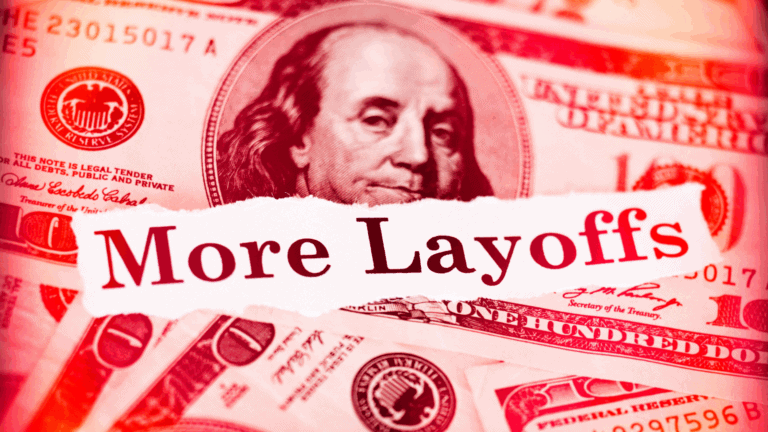Setting the Record Straight: What The Washington Post Got Wrong About Veterans
Editor’s Note
A prior version of this post was published in error by my team and did not reflect my views or the mission of DisabledVeterans.org. That draft incorrectly repeated The Washington Post’s framing of veterans as potential exploiters of the VA’s disability system without the necessary context or factual balance.
This is the corrected and authorized version, written by me, Benjamin Krause — a disabled veteran and attorney who has spent over a decade representing veterans wronged by that very system.
For readers seeking my full investigative response to the Post’s October 6 feature, please see:
WaPo Targets Vets: From Heroes to Hustlers?
That article dissects the Post’s narrative line by line and provides the data and context the original reporters omitted.
When Journalism Misses the Real Scandal
On October 6, The Washington Post published the first installment of what it described as a multi-part investigation into the Department of Veterans Affairs’ disability compensation program.
The headline alone —
“How some veterans exploit $193 billion VA program, due to lax controls”
— was enough to spark outrage and confusion among readers.
The problem? The Post’s opening salvo shaped public perception with sweeping generalizations, while the remaining pieces of the series — the parts that might offer nuance or correction — were locked behind a paywall.
That means most Americans saw the accusation, not the alleged balance. For veterans, policymakers, and taxpayers trying to understand the issue, the takeaway was simple and damaging: veterans are gaming the system.
But as I detailed in my original rebuttal, WaPo Targets Vets: From Heroes to Hustlers?, that framing turns sacrifice into suspicion. It’s not the veterans who broke the system — it’s the system that keeps breaking veterans.
The Real Context Behind the Claims
Those “ordinary” ailments the Post mocked — eczema, allergic rhinitis, sinusitis, and IBS — are often direct consequences of toxic exposure.
- Burn pits in Iraq and Afghanistan released dioxins and carcinogens into the lungs of 3.5 million troops.
- Rhinitis and sinusitis are presumptive conditions under the PACT Act, recognized by VA precisely because science proved these aren’t trivial allergies but chronic, often debilitating injuries.
- IBS has risen sharply among deployed service members due to swallowed particulates and long-term inflammation — not “lifestyle” choices.
The Post’s omission of this context was not just misleading — it perpetuates a stigma that undermines public support for disabled veterans.
Data the Post Didn’t Print
As shown in my original analysis, actual fraud within the VA disability program is statistically insignificant:
| Program | Annual Budget | Fraud or Improper Payments | Rate |
|---|---|---|---|
| VA Disability Compensation | $193B | < $100M | 0.05% |
| Medicare | $900B | $20–60B | 3–7% |
| Medicaid | $750B | $30–50B | 5–8% |
| SNAP/Unemployment | Various | $1–10B | 1–10% |
Yet the Post singled out veterans — the one program with the lowest fraud rate in the federal government — as if it were the epicenter of abuse.
That’s not balanced reporting. That’s targeted outrage.
Why This Matters
When legacy media frame veterans as opportunists, it reinforces dangerous stereotypes that bleed into policy. Lawmakers read those headlines. So do VA officials and employers.
This isn’t theoretical — since 2017, rhetoric about “disability gaming” has been used to justify cuts, slow approvals, and discourage legitimate claims. Every time a major paper echoes that bias, veterans pay the price in delayed justice.
By publishing the first part of this series in front of a paywall while hiding later installments behind one, The Washington Post ensured that the public conversation began with accusation — not accuracy.
That structure rewards engagement through outrage, not understanding. And the Post did it at the expense of veterans after they served their country.
Where Accountability Belongs
If policymakers want reform, here’s where to start:
- Overhaul VA contract exams to ensure qualified specialists evaluate veterans’ conditions accurately.
- Increase transparency and oversight of unaccredited “claims consultants” who exploit veterans — without punishing veterans themselves.
- Fully fund PACT Act implementation so claims for burn-pit-related conditions don’t languish in backlogs.
- Modernize diagnostic tools for invisible injuries like TBI, migraines, and autoimmune disorders linked to exposure.
The answer isn’t suspicion — it’s support.
My Position — and My Promise
To be absolutely clear: I do not endorse any narrative that paints disabled veterans as fraudsters. The overwhelming majority of veterans are telling the truth about their conditions — and have medical and service records to prove it.
When bad actors emerge, prosecute them. But don’t let a few headlines justify eroding the rights of millions who served.
Our nation owes veterans gratitude, not gotchas.
Closing Thoughts
The first, unreviewed article published under my name missed the forest for the trees. It looked at the VA disability program through the lens of exploitation propagated by WaPo.
This corrected version — and my original piece, WaPo Targets Vets: From Heroes to Hustlers? — show the real picture: veterans aren’t exploiting the system; they’re surviving it.
When powerful media platforms publish complex stories about veterans behind a paywall, they shape the narrative for profit rather than public understanding. That’s not journalism in service of democracy — it’s commerce in the clothing of accountability.
Sound off on this. What do you think of the WaPo article?




Well said, and thank you.
There are a bunch of veterans working for the state (in my town in IL) that ALL have 100% VA ratings, all have claimed PTSD (yet NONE are combat vets!), and all work 40 hours every week. They all average nearly 6 figures at the state job and they get the 100% VA disability, though basically none are disabled.
I struggle to work 20 hours per week because of pain from service-connected injuries, yet the VA has fought me for 20 damn years and has me basically stuck at 80%, though I’m in really bad pain daily (the VA is forcing me off pain meds too, so I won’t be able to work soon). To that I say WTF?!?!?!
I think we are going to hit a time where medical and service records will have to speak for themselves in the future. Meaning that servicemembers will just be shit outta luck at CP exams if there is no supporting documentation in their records. It is tough enough as is because of numerous bad actors working both sides of the system veteran and non-veteran alike. I’ve been in a 10 yr Remand because of less than scrupulous “medical professionals” that can’t follow instructions remanded to them from a VLJ. Both sides need fixing not just veterans being victimized…If orgs can’t get an accreditation with the VA they shouldn’t be in business. I do understand why veterans use these people…they are at their whit’s end just trying to get their EARNED benefits.
What would happen if the VA gave Earned benefits based soley on the records of the veteran?
What would happen if the CP examiners only addressed what was in the veterans records?
We all know despite the VA’s statements the system IS adversarial at best…
Some veteran suicides are preventable…and the stress created by the VA does NOT help.